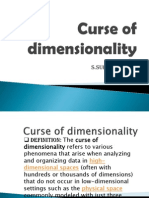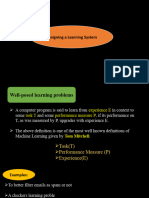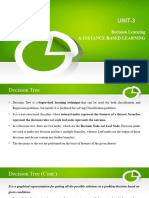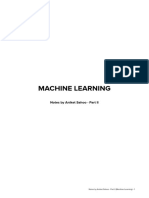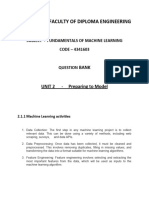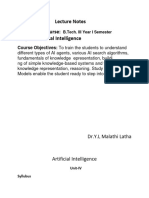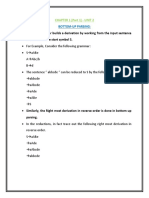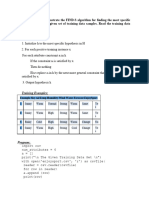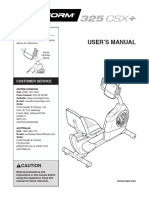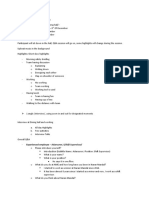0% found this document useful (0 votes)
482 views6 pagesMachine Learning Notes
This document provides an overview of machine learning lifecycles and basic terminology. It discusses the 11 steps of a typical machine learning lifecycle including problem definition, data selection, modeling, evaluation and deployment. It also defines common terms like features, datasets, dependent and independent variables. Additionally, it covers topics like data preprocessing, transformation, univariate and multivariate analysis, and model selection.
Uploaded by
Nikhita NairCopyright
© © All Rights Reserved
We take content rights seriously. If you suspect this is your content, claim it here.
Available Formats
Download as PDF, TXT or read online on Scribd
0% found this document useful (0 votes)
482 views6 pagesMachine Learning Notes
This document provides an overview of machine learning lifecycles and basic terminology. It discusses the 11 steps of a typical machine learning lifecycle including problem definition, data selection, modeling, evaluation and deployment. It also defines common terms like features, datasets, dependent and independent variables. Additionally, it covers topics like data preprocessing, transformation, univariate and multivariate analysis, and model selection.
Uploaded by
Nikhita NairCopyright
© © All Rights Reserved
We take content rights seriously. If you suspect this is your content, claim it here.
Available Formats
Download as PDF, TXT or read online on Scribd
/ 6





